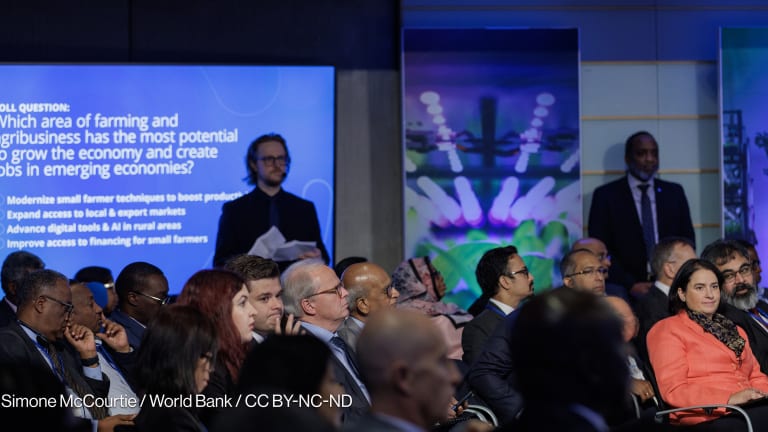Aerial view of Chuuk, Micronesia. In its first partnership strategy for Micronesia, the World Bank has laid out plans to engage the private sector in creating jobs, improving basic services delivery and contributing to sustainable economic growth. Photo by: Matt Kieffer / CC BY-SA
The Federated States of Micronesia faces several challenges that stem from its scattered geography. It is made up of four island states separated over an area of 1.6 million square kilometers. On the side of governance, this has proven to be an impediment to service delivery and has made coordination between the four subgovernments difficult. Also, fiscal autonomy combined with a low capacity for public finance management hinders the government from properly allocating its resources.
On the economic front, Micronesia’s geographic isolation has made it difficult to access markets and integrate itself into the global economy. The country has become largely dependent on importation, leaving it exposed to the volatility of global market prices and the high cost of transportation.
This story is forDevex Promembers
Unlock this story now with a 15-day free trial of Devex Pro.
With a Devex Pro subscription you'll get access to deeper analysis and exclusive insights from our reporters and analysts.
Start my free trialRequest a group subscription







